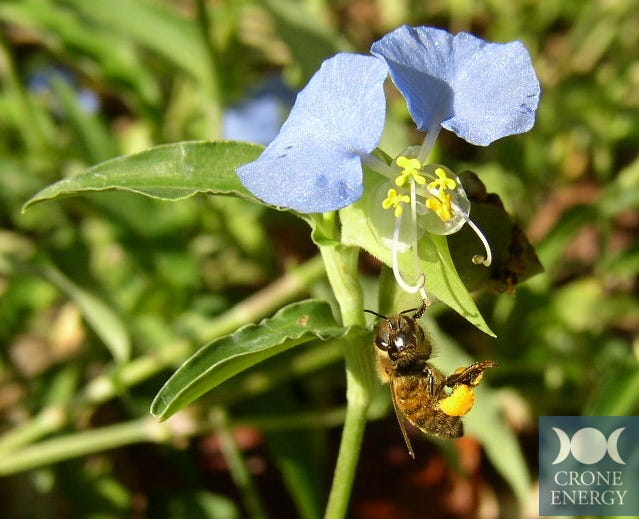At the turn of the twentieth century, The Renaissance Man’s Great-Grandmother Paula, like many gardeners of her time, planted exotic wonders in her Southern soil. Camellias, paperwhites, gingers, sago palm, and other beautiful species dotted her yard. They thrived in the warm, humid environment and required so little care that many decades later, by the time I partnered with her great-grandson, most were still alive.
Paula’s wooden farm house faced a rural highway that ran parallel to a railroad track. She could look from her front porch and watch the trains chug by several times a day. As a small child, The Renaissance Man stood there with his grandfather, Paula’s only son, and waved at the boisterous Southern Pacific Railroad engineer who passed several times a week. The engineer was my grandfather. Small world it is, especially in Cajun country.
Eventually, the farm house was dismantled and rebuilt in another parish, but the property stayed in the family. Almost every autumn, we went to the lot and gathered pecans from the enormous old tree, and almost every summer, we picked figs. I kept an eye on what I could dig up as living heirlooms for our back yard, choosing paperwhites for their winter cheerfulness and gingers for late summer fragrance.
Not long after the heirloom flowers took root in our soil, I went to a garden festival and met a professional naturalist. Bill was an advocate for a way of gardening and being with Nature that put everything I’d learned and practiced into question. For years, I had purchased flowers and shrubs with no inquiry or care as to whether they belonged in my yard. They were pretty. Butterflies liked some of them. They tolerated the subtropical climate. After the brief conversation with Bill, my path as a gardener took a turn into natives, and my curiosity, well, blossomed.
Everywhere I went, I started to notice plants and trees with a questioning eye. Is that a type of indigenous tree or an Asian species? That little flowering plant I’ve called a weed and don’t know its’ name—is it a native one or an invasive species from elsewhere?
In my zealotry, I made assumptions.
During a visit with The Renaissance Man’s family, we drove over the railroad tracks across from the lot where Paula’s house once stood. I glanced out of the window and saw a clump of trailing green shoots with the brightest blue flowers I’d ever seen. I asked him to pull over so I could look. Surely, this had to be a native flower, growing in that hard-baked soil next to the metal rail. Later, I dug up the plant, excited to introduce it to our yard.
Dayflower was its common name. In the morning, each blossom opened with two rounded, bright blue petals with one smaller white petal below and a cluster of six stamens, three short, three long, tipped with yellow anthers. By late afternoon, the flower withered. The next day, new flowers took the place of the ones that died.
As the patch of dayflower grew, the blue blossoms—a favorite color for honeybees—attracted more foragers. I checked on my garden almost every morning and watched the various pollinators skitter about their lives.
It wasn’t long before I learned it’s not a native flower. Yet another plant from East Asia.
Perhaps I should have ripped it out—along with the paperwhites and gingers—to be more true to my new ethic. I could have, but then what would I have done with the bridal wreath, azalea, crepe myrtle, ligustrums, pittosporums, liriope, and mondo grass that were already older than I was?
It’s hypocrisy, leaving it all, yet to tear them out to replace them with native plants would have been disruptive to the soil and the animals who used them for cover. I still had a blank eighth of an acre left to fill, and there I could introduce what was appropriate to the ecoregion.
Like Paula, I wanted to see beautiful foliage and flowers. So I left the dayflowers where they were, a foreign species as much as the honeybees who foraged its pollen. Selfishly, I justified its place for the beauty and joy it brought me.
And it did bring joy, a moment captured in an image.
I clicked my camera at the instant a honeybee dangled from an anther with one leg, her pouches filled with gold, her bemused little face tilted toward mine.
Each of us—flower, insect, human—there on that land, descendants of transplanted ancestors, invasive or otherwise, hanging on for the dearness of life.





